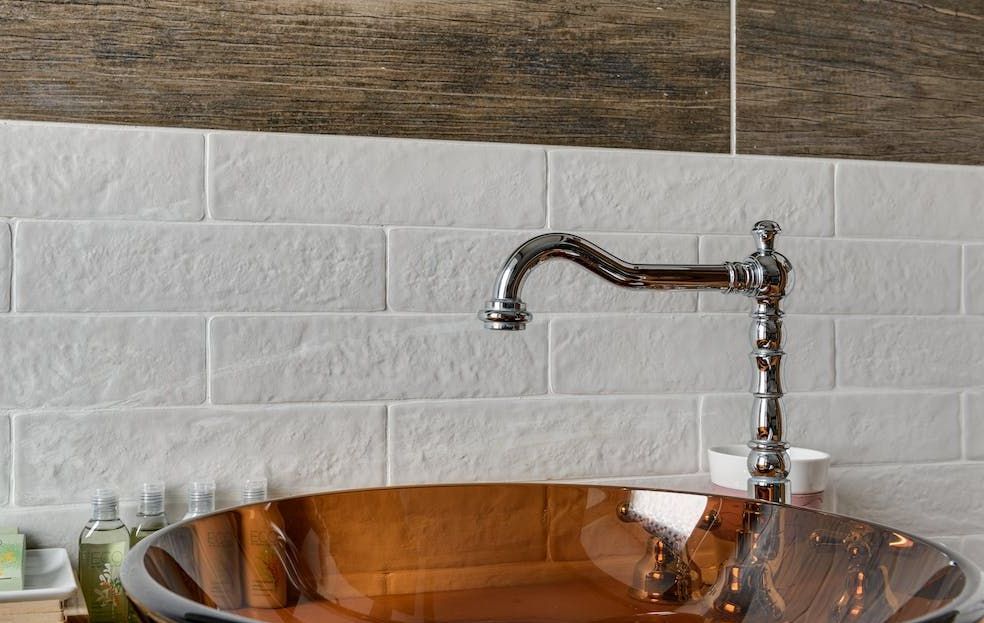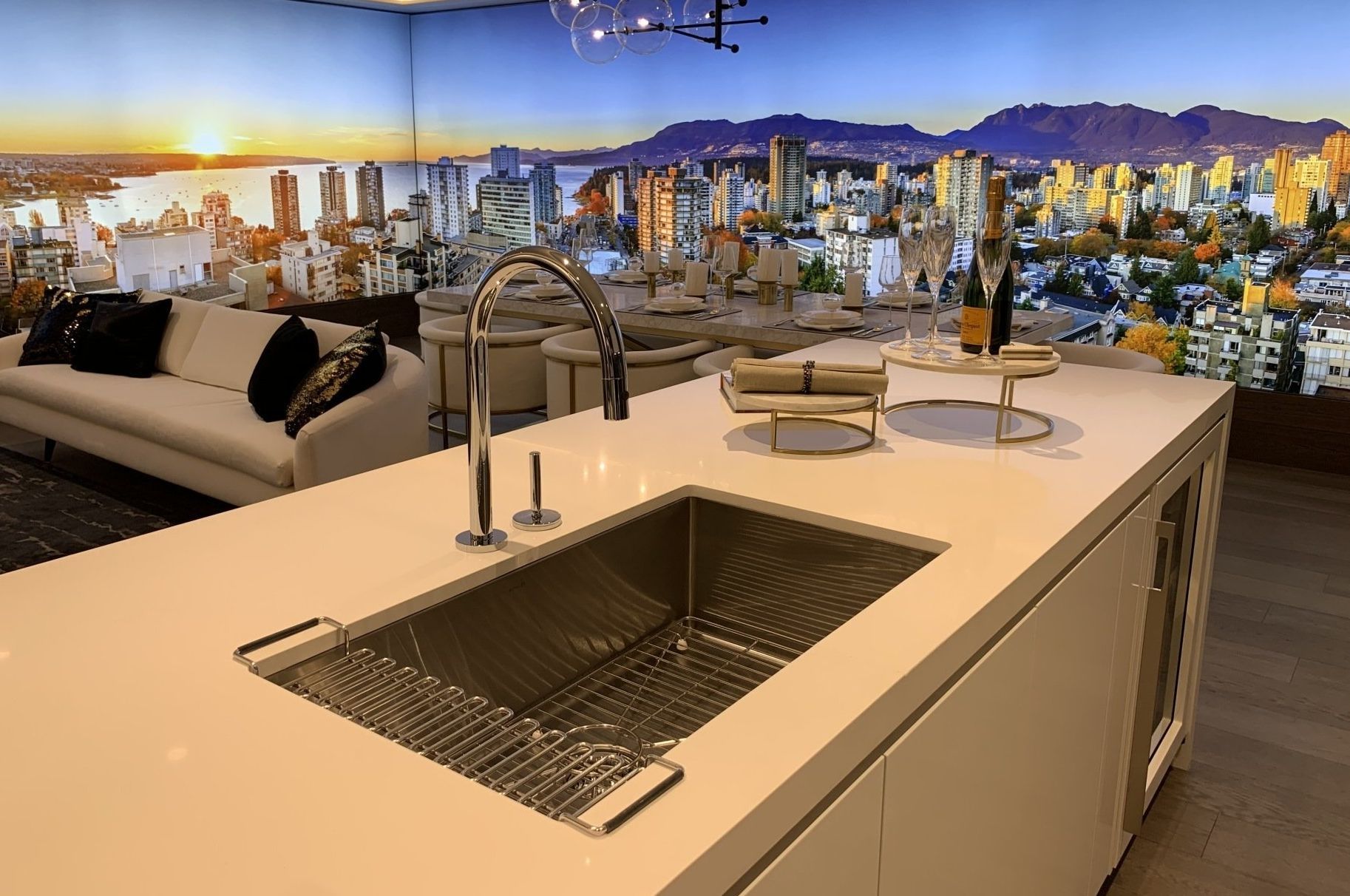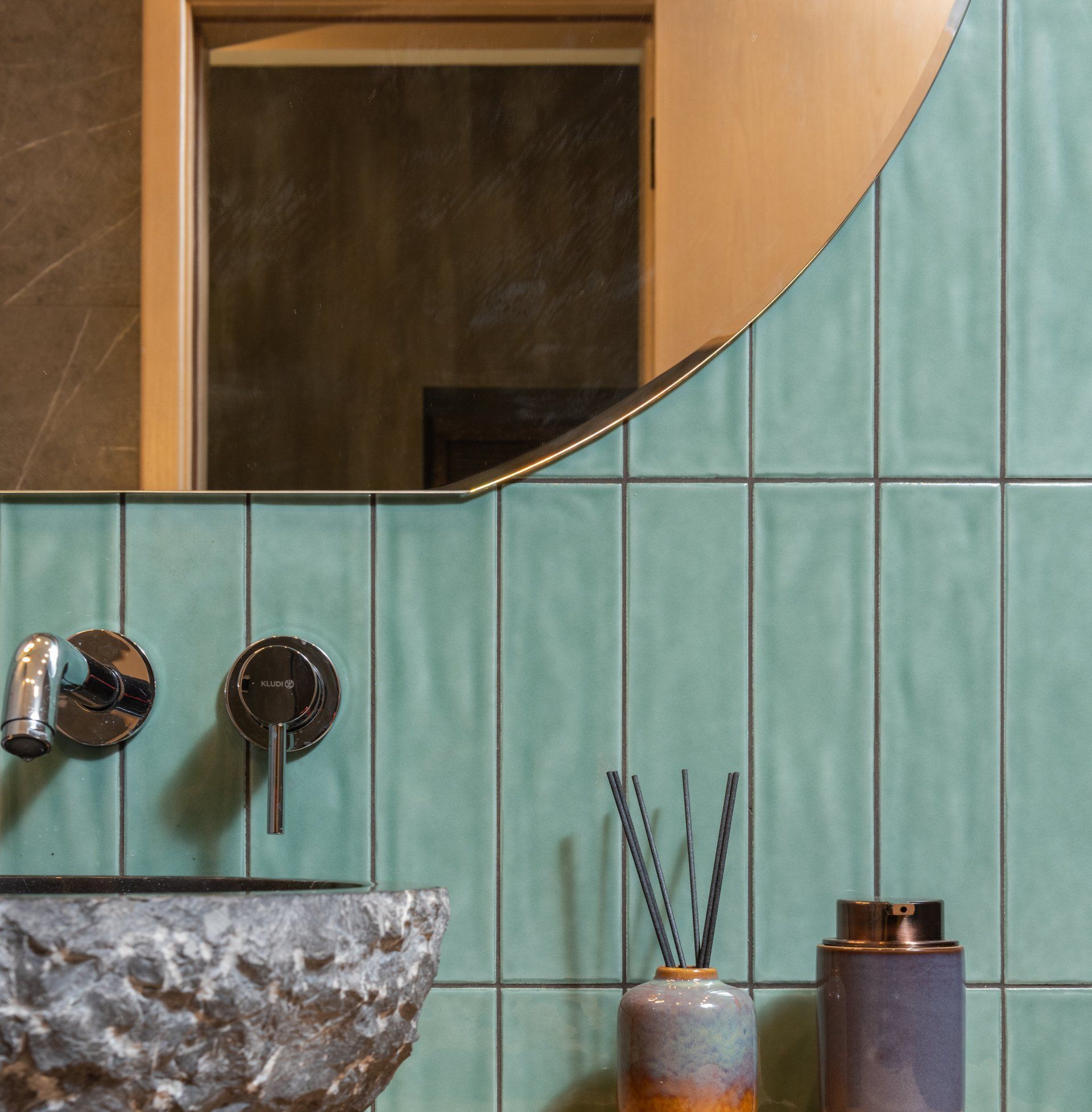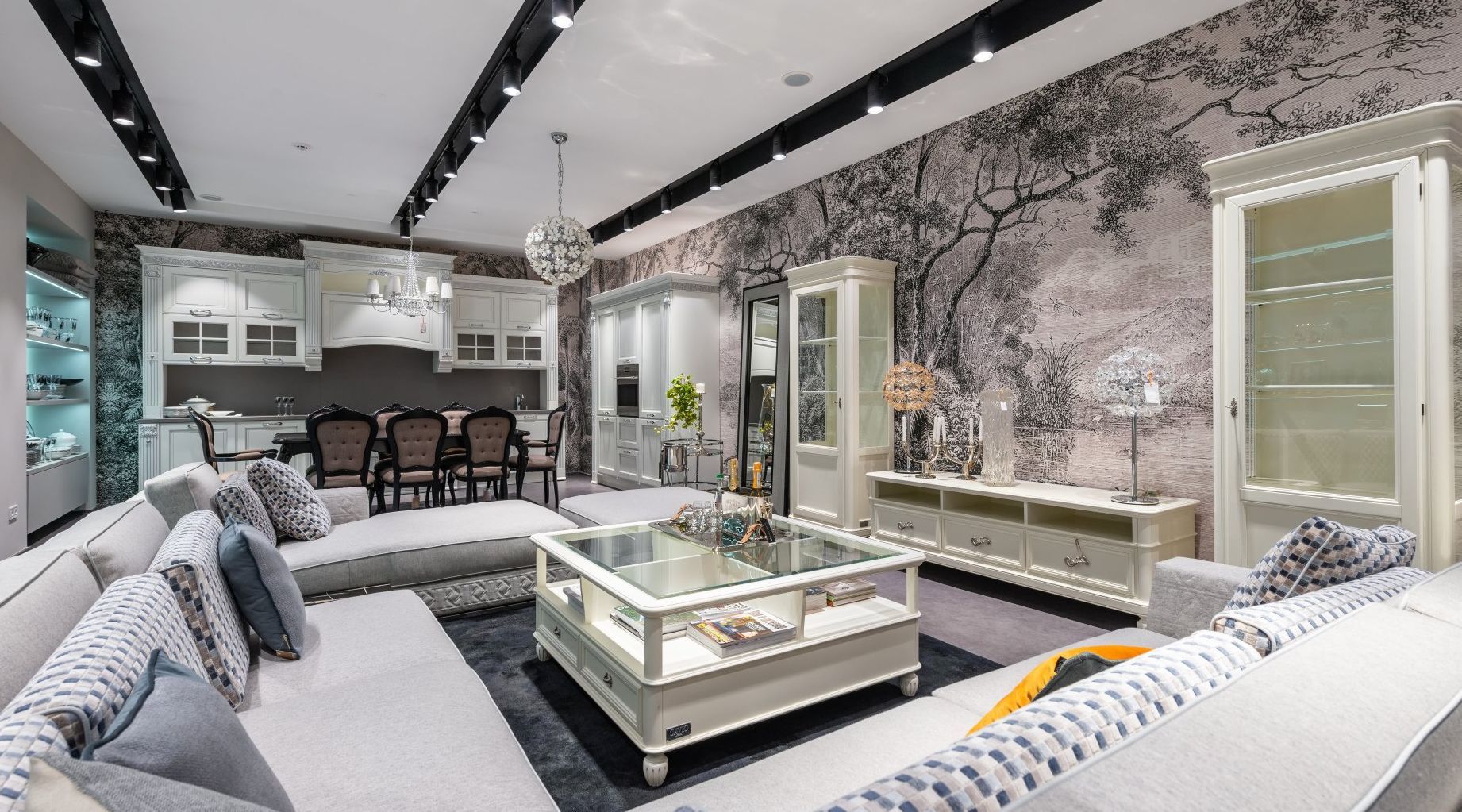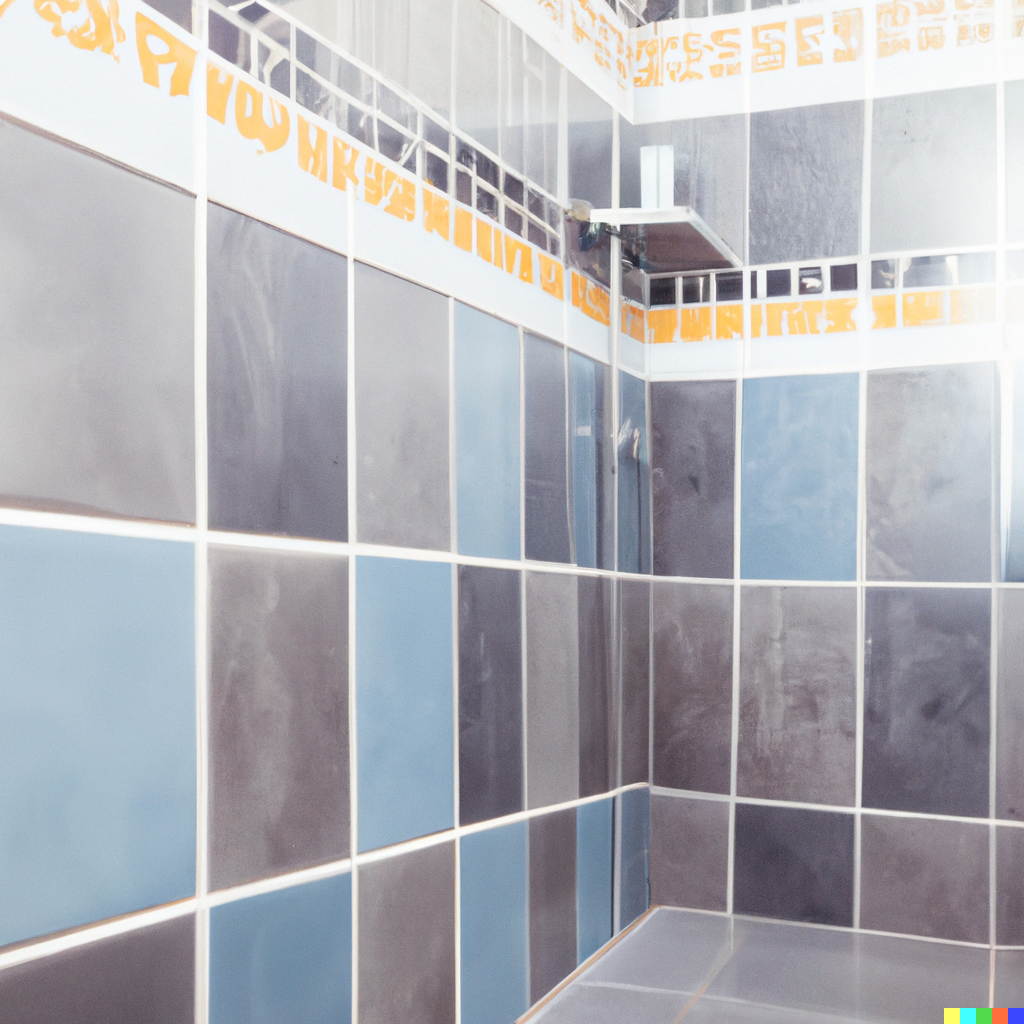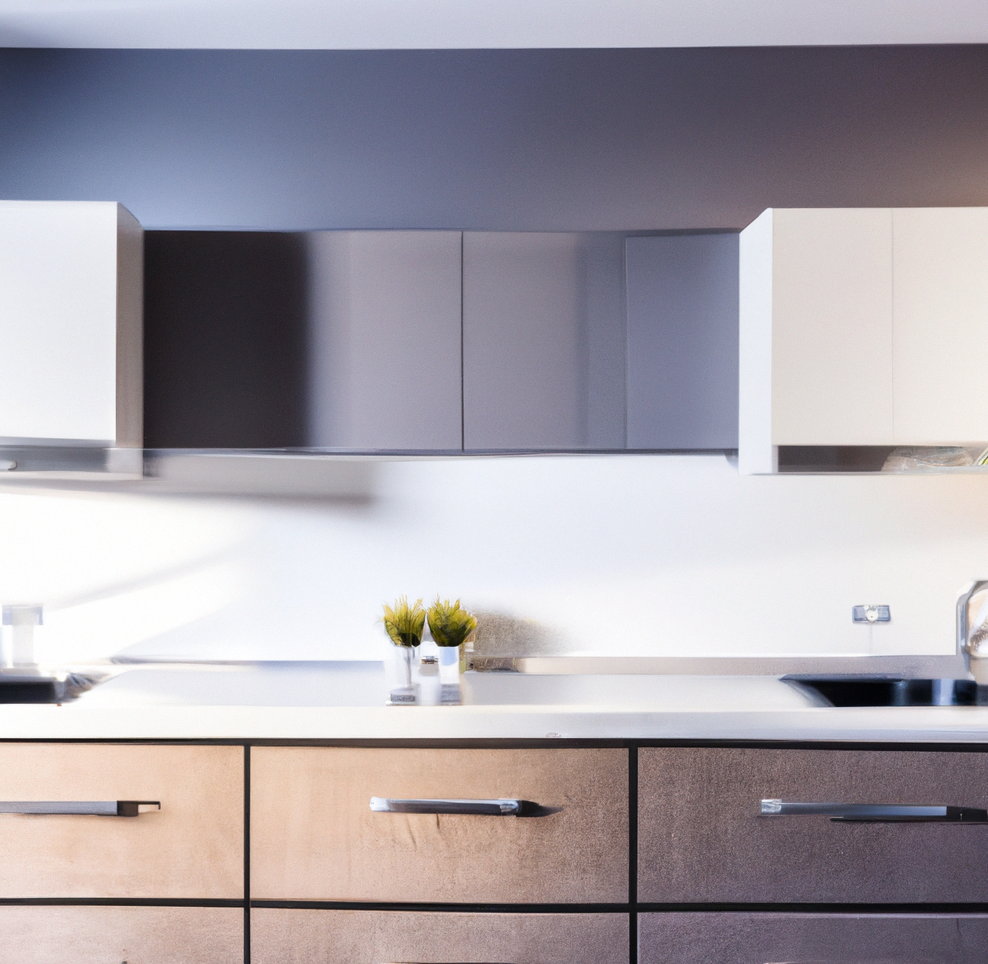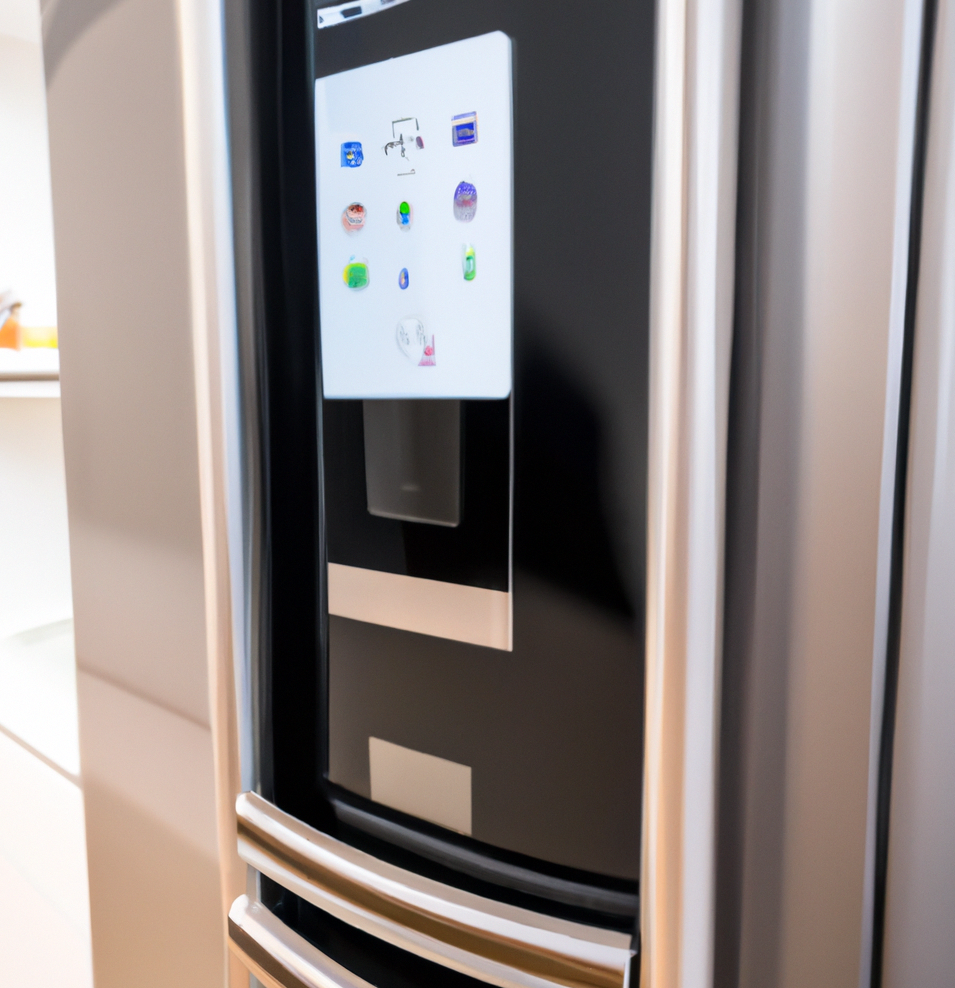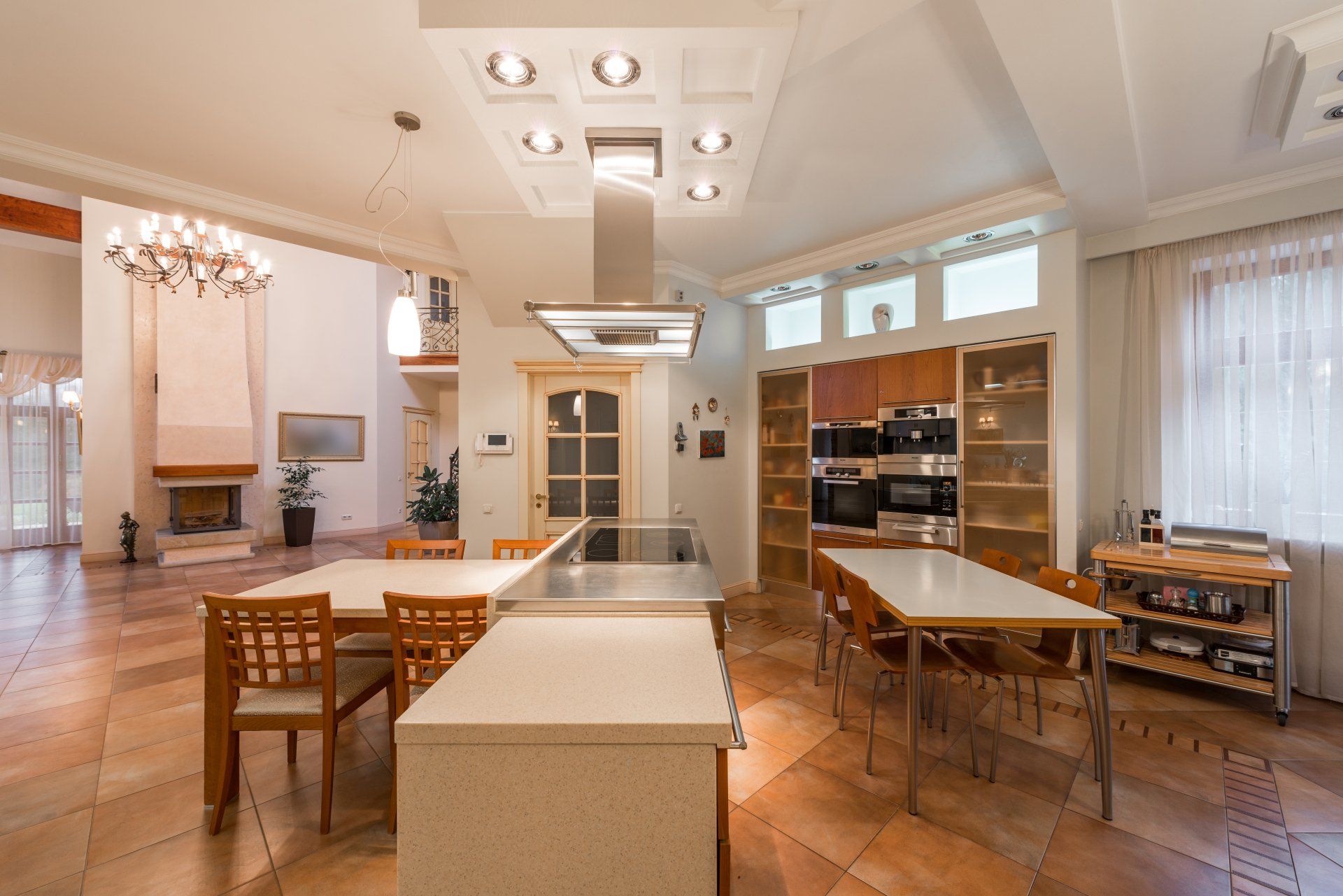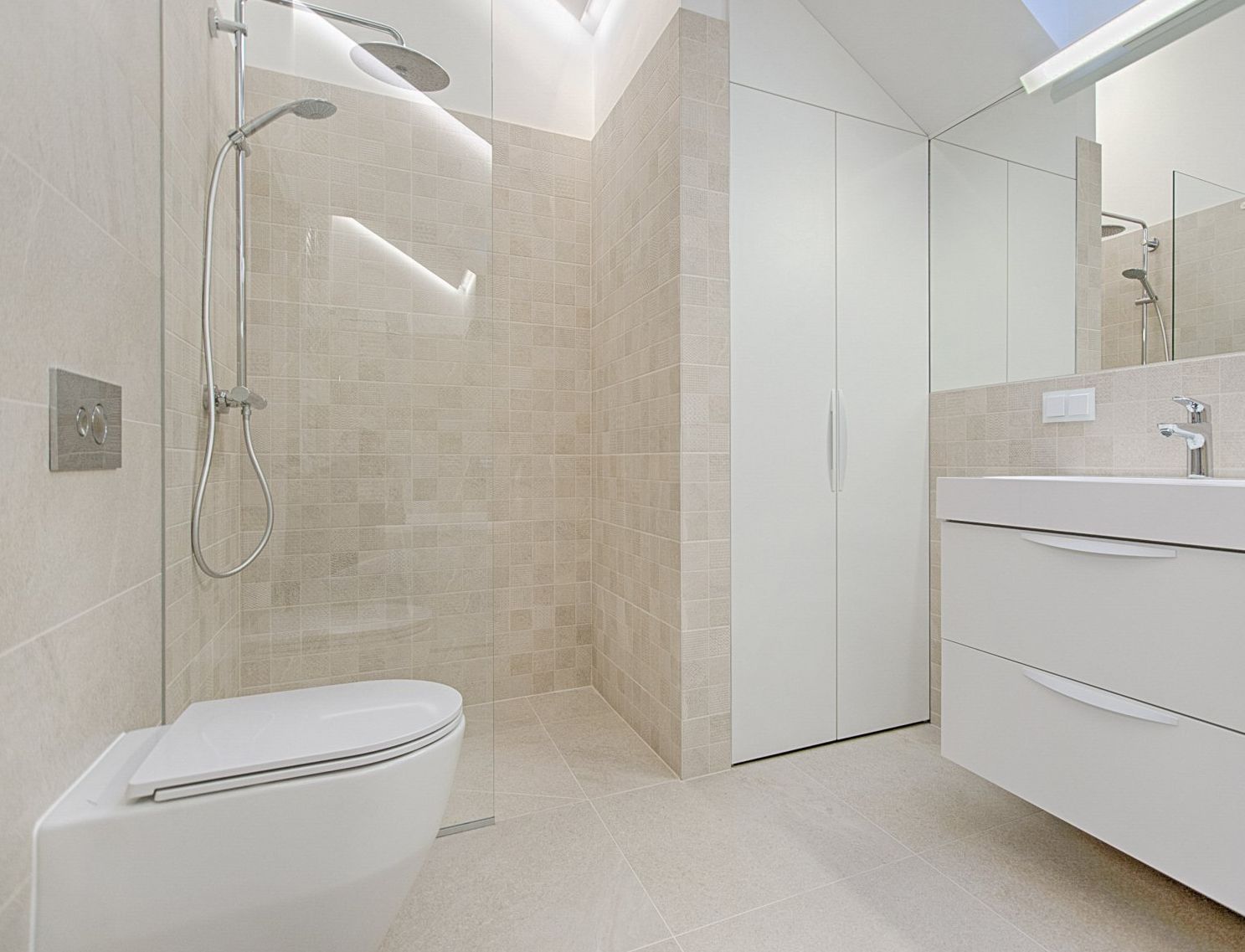The Role of Lighting in Kitchen and Bath Design: Illuminate Your Space with Purpose and Style
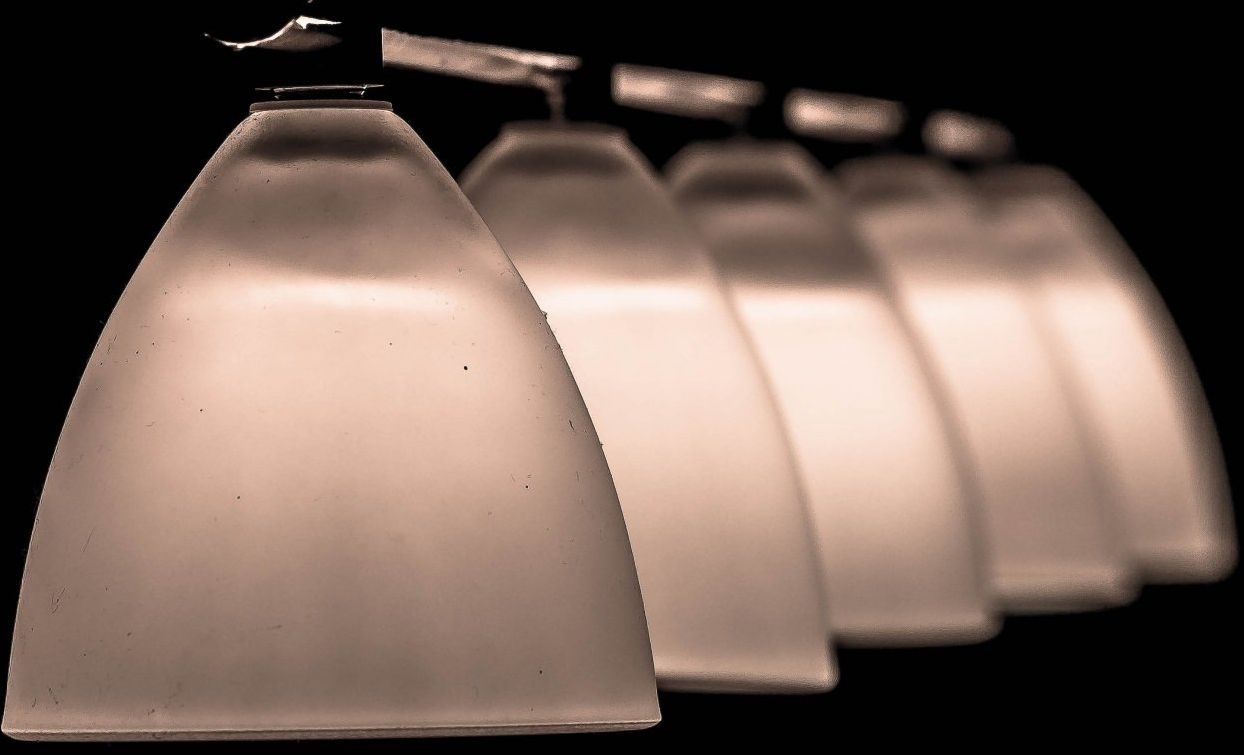
Lighting is an essential element in any interior design project, and this is especially true for two of the most utilized spaces in a home: the kitchen and the bathroom. The right lighting can transform these areas into functional and aesthetically pleasing spaces that cater to our daily needs. In this article, we will discuss the importance of lighting in kitchen and bath design and share some tips for creating effective and stylish lighting plans.
The Importance of Lighting in Kitchen and Bath Design
- Functionality: Proper lighting is crucial for the functionality of kitchens and bathrooms. In the kitchen, you need adequate lighting for food preparation, cooking, and cleaning. In the bathroom, lighting is essential for grooming, applying makeup, and ensuring safety during bathing and other activities. By strategically placing lights in these spaces, you can enhance their usability and create a more comfortable environment.
- Ambiance: Lighting can make a significant impact on the overall atmosphere of a space. By carefully selecting and positioning lights, you can create a warm, inviting ambiance in your kitchen or bathroom. Consider using a mix of ambient, task, and accent lighting to achieve the desired mood.
- Style: Incorporating stylish lighting fixtures into your kitchen and bathroom design can elevate the overall look and feel of the space. Choose fixtures that complement the design style of your home, and don't be afraid to experiment with bold or unique pieces.
Tips for Effective Lighting Design in Kitchens and Bathrooms
- Layer your lighting: To create a balanced lighting plan, consider using a combination of ambient, task, and accent lighting. Ambient lighting provides general illumination, while task lighting focuses on specific areas, such as countertops or sinks. Accent lighting highlights architectural features or decorative elements.
- Focus on key areas: Pay special attention to the areas that require the most light, such as countertops, sinks, and stovetops in the kitchen, and mirrors and showers in the bathroom. Install under-cabinet lighting to illuminate countertops, and consider sconces or pendant lights for ample lighting around mirrors in the bathroom.
- Choose the right color temperature: The color temperature of your lightbulbs can significantly affect the atmosphere in your kitchen or bathroom. Warm white light (2700K - 3000K) creates a cozy and welcoming environment, while cooler white light (3500K - 4100K) provides a more invigorating atmosphere. Depending on your preference, choose the appropriate color temperature for your space.
- Dimmer switches for versatility: Installing dimmer switches allows you to easily adjust the brightness of your lights, making it simple to create the perfect ambiance for any situation. Dimmer switches are particularly useful in the kitchen, where you may want brighter light for cooking and softer light for dining.
- Energy-efficient options: Opt for energy-efficient lighting solutions, such as LED bulbs or fixtures, to save on electricity costs and reduce your environmental impact. LED lights also have a longer lifespan than traditional incandescent bulbs, which means fewer replacements over time.
The role of lighting in kitchen and bath design cannot be overstated. By considering the functionality, ambiance, and style of your lighting plan, you can create a space that is not only beautiful but also practical. Remember to layer your lighting, focus on key areas, choose the right color temperature, and use dimmer switches for versatility. Lastly, don't forget to choose energy-efficient lighting options to help reduce your environmental footprint. With these tips in mind, you'll be well on your way to designing a well-lit and stylish kitchen and bathroom
